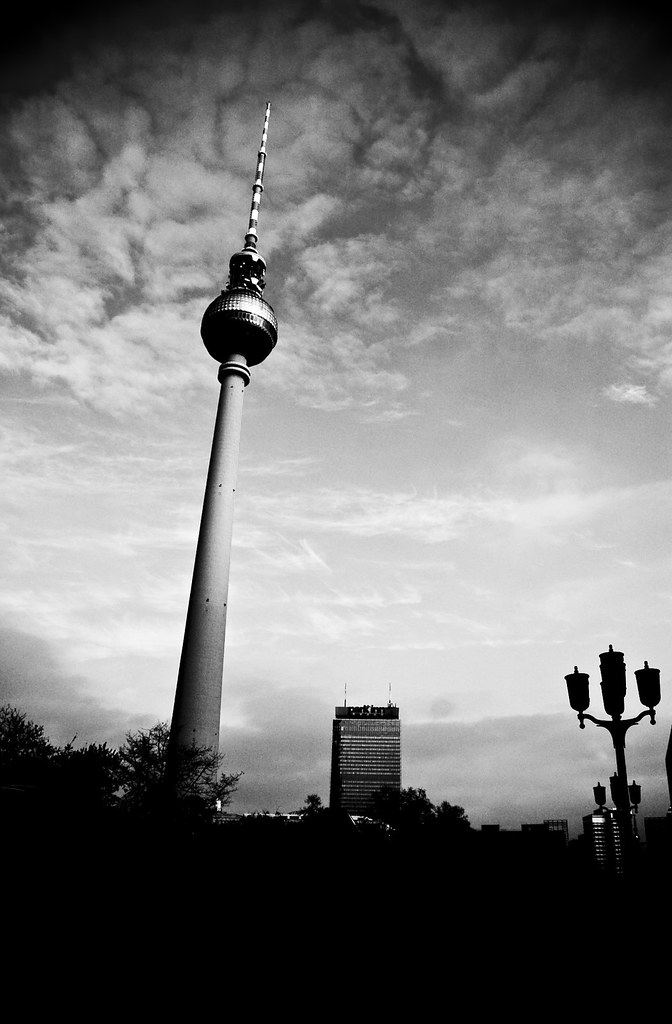What connects Y2K and swine flu? Beatrice Jeschek delivers thoughts about having risk for breakfast and the morality behind reporting it.
Reporting risk is a risk in itself.
There is a fine line between creating panics and delivering solid information. Compared to war journalism the reporting of risks can be very abstract, because it is fuelled with scientific expertise. War creates a picture in everyone’s head. Bleeding wounds, bomb explosions. Anything. The Y2K threat might leave people with a nothing but a question mark.
There might be no war in risk reporting, but there is a shooting behind every risk. I call it the moral shooting in risk reporting.
Let’s go back to the final cut of the 20th century. The so-called Y2K case shows how far new technology already has affected the perception of risks. The link to cute robots like R2D2 is not that far. Only here, at the end of the millennium, the inability of computers to read dates beyond 1999 threatened to turn January the 1st 2000 into a nerd’s nightmare.
Microprocessors were reported to cause aircrafts falling from the skies, nuclear power plant meltdowns, savings and pensions’ blanks, a breakdown in communication leading to shortage of food, again causing riots and – finally, the breakdown of a society who created the risk in the first place.
Denis Dutton, a New Zealand professor of philosophy, explores these apocalyptic themes right at the beginning of another changing decade, now at 2009/10. The International Harald Tribune is his stage. In his view, every risk is unnecessarily packed with end-time horrors. Comments however blame him for mixing factual risks like global warming or swine flu with a technological breakdown that never happened.
True, the quality of risks can differ a lot. It is nevertheless quite astonishing that a computer software problem can lead to religious assumptions about God’s punishment of mankind, who ironically created this risk itself.
Even a technological problem, then, appears to be as much a factual as a moral risk for society.
Yesterday’s Y2K is today’s swine flue.
Risk does not only change its character in reporting. It also reappears on the media stage in different themes. Every year there is a range of risks listed with the same ambiguity of moral and factual specifics.
So, the core of a factual risk appears every time again in its moral twin. It is fed by people’s fear and the elitist evaluation of it. If we want to, we can have our daily risk for breakfast.
In other words, yesterday’s Y2K is today’s swine flu.
Very subtly, risks leave their grounds for factual imminence and turn into a value discussion. How should one behave then becomes the turning question.
Dutton might not divide accurately between the qualities of factual risks. However, he points his academic fingers towards something more important: The heavy entanglement between morality and risk.
An advantage in reporting the present of swine flu (and its vaccine) lies in the possibility to reflect about communicating it. Then, the swine flu scare is not only about the facts behind health care risk. It becomes a question about the structures and fears that lie behind it. Happy moral shooting 2010!
(Photo: 'cdc e-health' via flickr)
(Photo: 'cdc e-health' via flickr)











